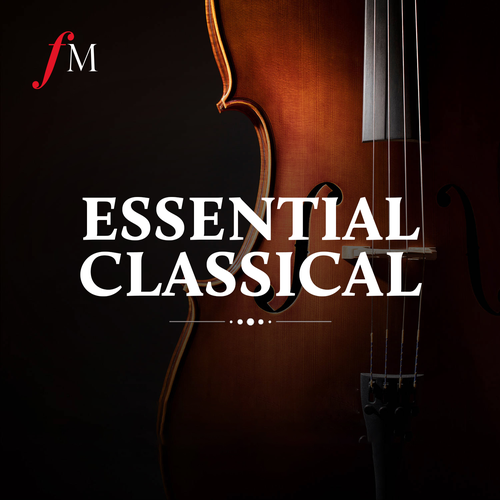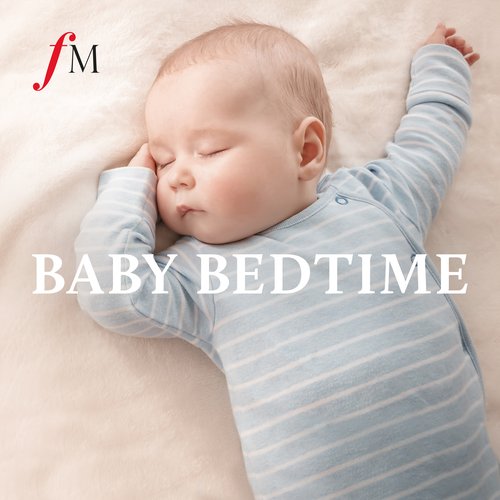Flautists should sit three metres away from other orchestra players, COVID study says
8 February 2021, 14:49 | Updated: 8 February 2021, 14:54

Scientist have analysed the aerosol clouds emitted by nine wind players – and flautists were found to present the biggest risk of spreading COVID-19 compared to the others.
Scientists are suggesting flute players sit up to three metres away from other members of the orchestra, to reduce the risk of COVID-19 transmission.
Following a study with nine musicians of the Bavarian Radio Symphony Orchestra, flautists are being asked to sit further away than other distanced orchestral colleagues, based on findings around aerosol clouds.
Out of the aerosols admitted by nine orchestral musicians – three flautists, three trumpeters and three clarinettists – those of the flautists were found to disperse the furthest, with flautists’ aerosols travelling a maximum distance of nearly two metres (1.88m) due to the amount that a player ‘spits’ during performance, and the fact their instrument doesn’t see them blowing down towards the ground like other players.
Read more: How safe is your instrument when it comes to spreading COVID-19? >

“For the wind instruments measured, there were differences in the way aerosols dispersed towards the front”, professor Matthias Echternach, one of the scientists heading up the study, explains. “With trumpets and clarinets, our measurements showed the cloud extending from the player’s mouth to a distance of 0.9 meters on average. However, individual musicians also achieved a range of 1.5 metres, so a safety gap of two metres to the front seems sensible.”
Two metres is what the UK government and others have generally advised so far in the pandemic.
“But for flutes, the forward impulse dispersion from the mouthpiece reached distances of up to two metres. That means a safety gap of two meters is not enough and three meters should be considered appropriate.
“Dispersions emitted to the side remained below one meter for all musicians. A safety gap of 1.5 meters therefore seems sufficient, in contrast to the two meters that has previously been recommended.”
Read more: US orchestra study finds trumpet ‘riskiest’ instrument for spreading COVID-19 >

The Parallax Orchestra performs Grieg, Debussy and Haydn socially-distanced, in Lee Broom's new 'Maestro' chair
The scientists generated aerosol visualisation by asking the participating musicians to inhale e-cigarette smoke just before blowing into their instruments for the musical extract, and filming them.
“The approach really helps to visualise the dynamics of the air jet produced while playing different musical instruments,” Dr Bryan Bzdek, from University of Bristol's Aerosol Research Centre, says.
Read more: Singing in German is ‘riskiest’ for spreading COVID-19, study finds >
“Any group meeting to play musical instruments together should ensure proper physical distancing and room ventilation, such as opening windows and doors.”
He adds: “They should minimise the time spent together and take frequent breaks to let the room air out between sessions. They should consider the end of their instrument as an extension of their mouth, and so if the end is not directed towards the floor, it makes sense to increase physical distance to compensate.”
The woodwind study accompanies extensive research on singing carried out by the Munich and Erlangen University Hospitals and Bavarian Radio, which also involved the Bavarian Radio Chorus. The woodwind players in the study were asked to perform an extract from Beethoven’s Symphony No. 9.

"Increasing evidence" shouting and singing increases coronavirus transmission
Read more: Singing is no more risky than talking when it comes to spreading COVID-19, study claims >
In October 2020, a UK government-funded study, backed by Public Health England, found that singing and speaking loudly was found to emit increased quantities of aerosols which could contain the COVID-19 virus.
The government’s deputy chief medical officer, Jonathan Van-Tam, said at the time: “[Scientists] have increasingly strong evidence that shouting and singing [make] the expulsion of virus-laden particles go further and the transmission therefore become more intense.”
Since the study, government guidance for singers has included performing at least one metre apart from each other, and singing outdoors where possible, as well as increasing ventilation indoors and limiting social gathering opportunities at rehearsals or performances.


































